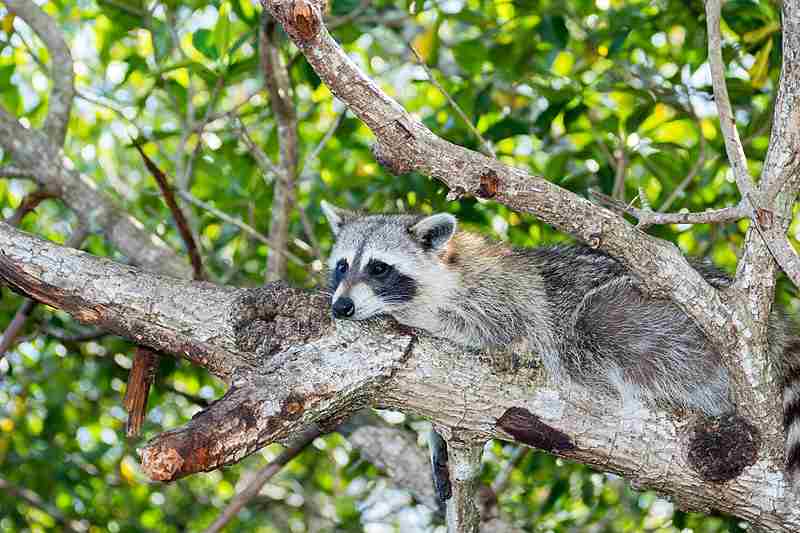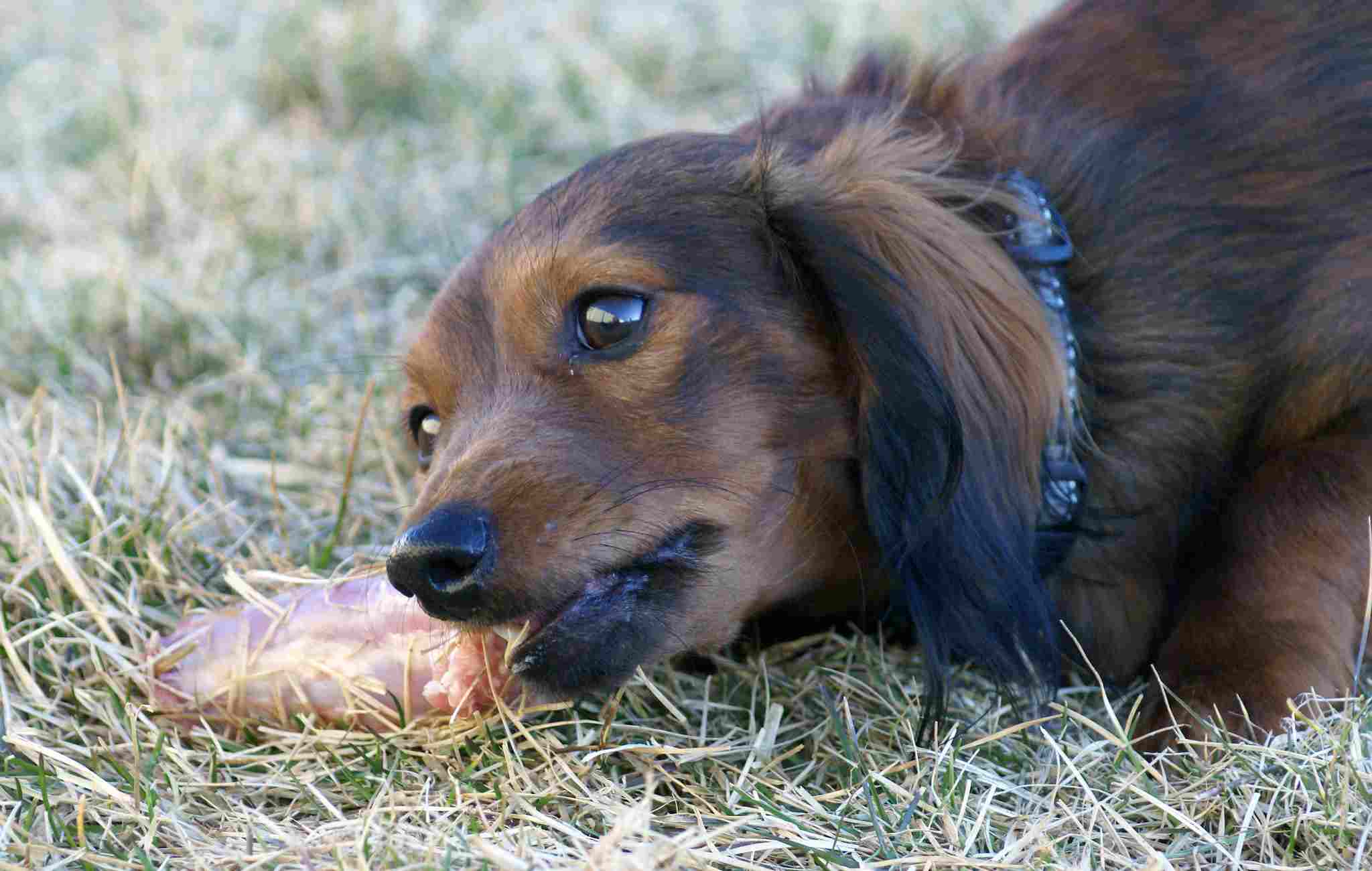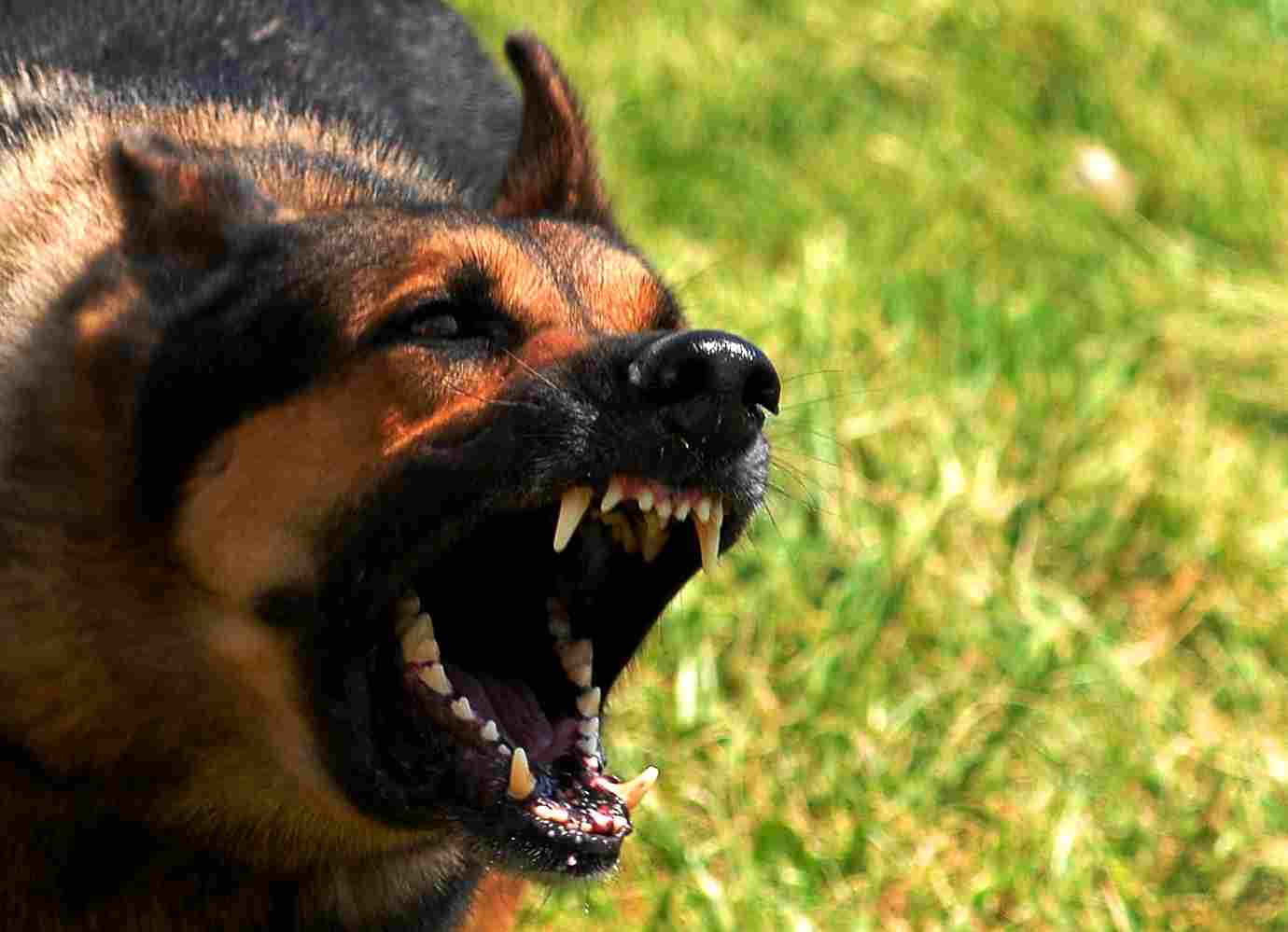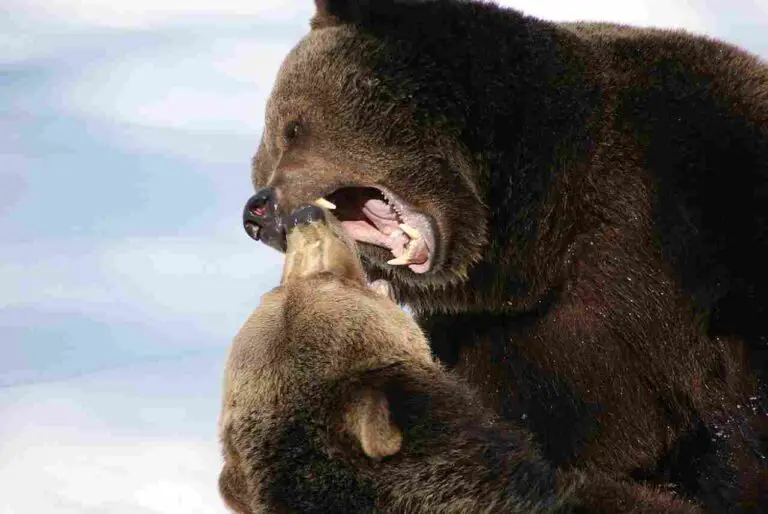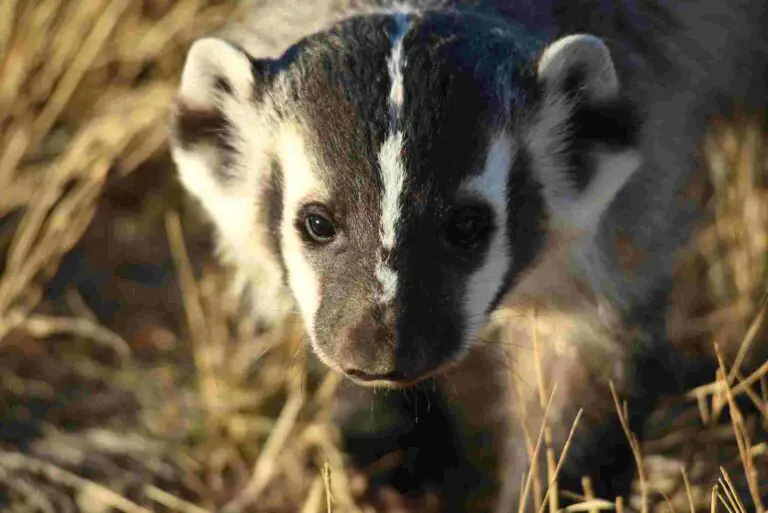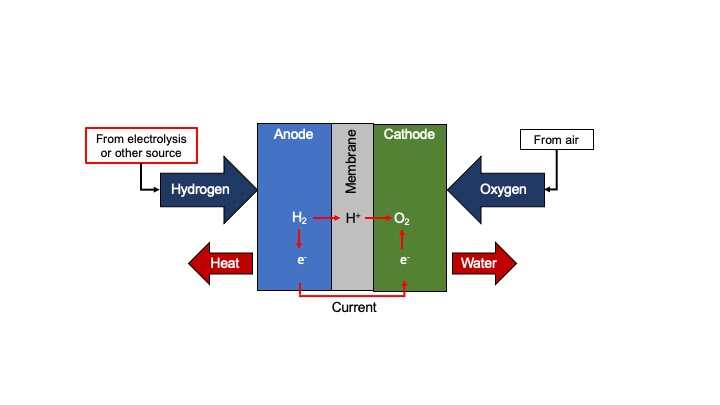Raccoon Vs Raccoon Dog Size, Weight, Overall Comparison
In exploring a face-off between a raccoon and a raccoon dog, we delve into the visual similarities and biological distinctions that define these creatures. Despite their shared appearance, raccoons and raccoon dogs follow different evolutionary paths. In a theoretical confrontation, their similar size and weight create a closely contested battle, with the raccoon having a slight advantage in weight, strength, and predatory capabilities. It must be noted that the raccoon dog is same as the tanuki, which is often compared to raccoons.
Raccoon vs Raccoon Dog: Navigating Visual Resemblances and Physiological Dynamics
Contemplating a potential encounter between a raccoon and a raccoon dog, we examine the overlapping traits and the nuanced differences that influence their hypothetical battle. Despite visual similarities, the slight variations in size, weight, and predatory capabilities contribute to the intricacies of predicting the outcome.
I). Visual Similarities:
– Raccoons and raccoon dogs share visual similarities, including fur coloration and facial features. However, these resemblances do not imply a direct biological relationship.
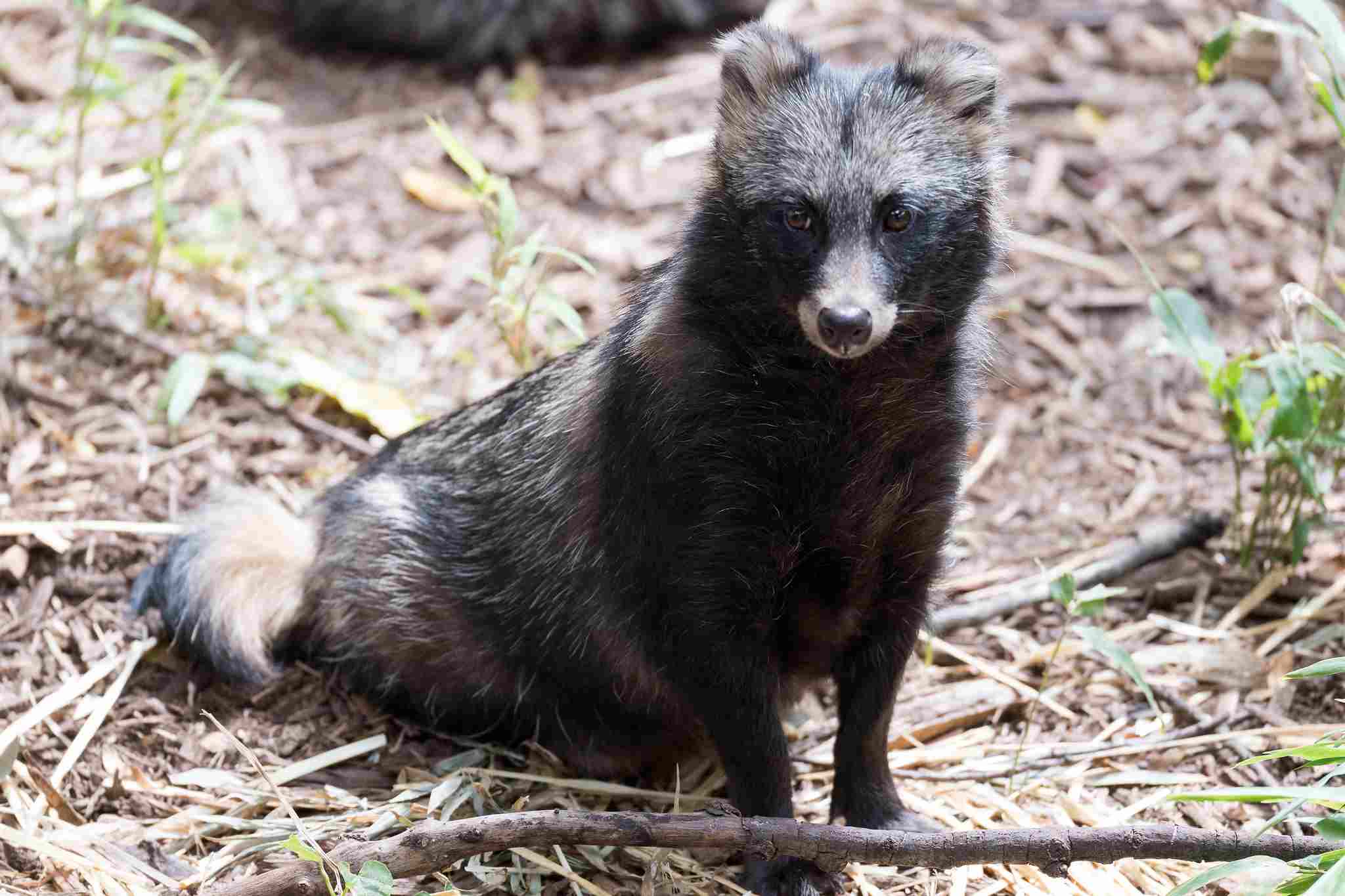
II). Biological Distinctions:
– Raccoons and raccoon dogs follow different evolutionary paths, with raccoons being North American mammals and raccoon dogs belonging to the canid family in East Asia. Their genetic divergence influences their physiological differences.
III). Similar Size and Weight:
– Raccoons and raccoon dogs are estimated to be similar in size and weight, creating a balanced starting point for a hypothetical confrontation. Both creatures share comparable physical dimensions.
IV). Slight Advantage in Weight and Strength:
– While the size and weight are similar, raccoons are estimated to have a slight advantage in weight and strength. This marginal difference can play a crucial role in determining the outcome of a physical confrontation.

V). Predatory Capabilities:
– Raccoons, known for their adaptability and predatory instincts, may have a slight edge in overall predatory capabilities compared to raccoon dogs. This can contribute to their effectiveness in a hypothetical fight.
VI). Predicting Outcomes:
– In a theoretical scenario, a fight between a raccoon and a raccoon dog would likely be closely contested due to their similar size. However, the raccoon’s slight advantage in weight, strength, and predatory capabilities positions it as the potential winner in this hypothetical confrontation.
VII). Real-World Considerations:
– Real-world interactions between raccoons and raccoon dogs are improbable due to their distinct habitats. Nonetheless, the examination of hypothetical confrontations provides insights into potential outcomes based on their physiological attributes.
VIII). Overall Dynamics:
– This analysis highlights the visual similarities and genetic differences between raccoons and raccoon dogs. While a fight between them would be close due to their similar size, the raccoon’s slight advantages in weight, strength, and predatory capabilities contribute to its potential edge in a hypothetical confrontation, emphasizing the intricacies of interspecies dynamics.
*Details of Comparison
| Criteria | Raccoon | Raccoon Dog |
| Taxonomy | Procyonidae | Canidae |
| Appearance | Grayish-brown fur, black mask |
Fox-like, shaggy yellow-brown
|
| Size | Generally larger | Smaller |
| Weight | Heavier | Lighter |
| Bite Force (PSI) | Stronger |
Limited information
|
| Physical Offensive Adv. | Sharp claws and teeth |
Canine teeth and claws
|
| Physical Defensive Adv. | Agile climbers | Odor emission |
| Speed | 10–15 mph | 15–20 mph |
| Agility | Excellent climbers and swimmers |
Agile runners and swimmers
|
| Senses | Keen sense of touch, smell, hearing |
Good smell and hearing
|
| Physical Capacity | Versatile with strong limbs |
Well-adapted for running
|
| Habitat Preference(s) | Adaptable to various environments |
Prefers wooded areas
|
| Tracks | Distinctive, resembling small human hands |
Paw prints similar to dogs
|
| Lifespan | 2–3 years in the wild, up to 20 in captivity |
5–7 years in the wild
|
| Mode of Feeding | Omnivorous diet |
Omnivores, varying preferences
|
| Intelligence | Highly intelligent, problem-solving |
Considered intelligent
|
| Social Behavior | Solitary or small family groups | Typically solitary |
| Mode of Reproduction | Polygamous mating, late winter-spring |
Monogamous/polygamous, February
|
| Parental Behavior | Female cares alone, 63-day gestation |
Both parents may contribute, 60-day gestation
|
| Proximity to Human Areas | Adaptable to urban areas |
Generally avoids
|
| Behavior Toward Humans | Opportunistic, may raid trash bins |
Shy, avoids direct interaction
|
| Danger Posed to Humans | Non-aggressive, may defend if cornered |
Minimal danger, avoids conflict
|
| Precautions | Caution advised |
Minimal precautions
|
| Conservation Status | Least Concern (IUCN Red List) |
Least Concern
(IUCN Red List)
|
Key Points
- Raccoons are generally larger, heavier, and have a stronger bite force.
- Raccoons are more adaptable to diverse habitats, including urban areas.
- Raccoons show higher tolerance for human proximity and may display bold behavior.
- Raccoon dogs are faster runners but generally avoid confrontations with humans.
- Both species share an omnivorous diet but may have variations in preferences.
- Raccoons are highly intelligent with remarkable problem-solving skills.
- Raccoons may exhibit more social behavior compared to typically solitary raccoon dogs.
- Differences in reproductive strategies, parental care, and gestation periods.
- Raccoons have a slightly longer lifespan in the wild compared to raccoon dogs.
- Conservation status for both species is classified as Least Concern on the IUCN Red List.
1. Taxonomy:
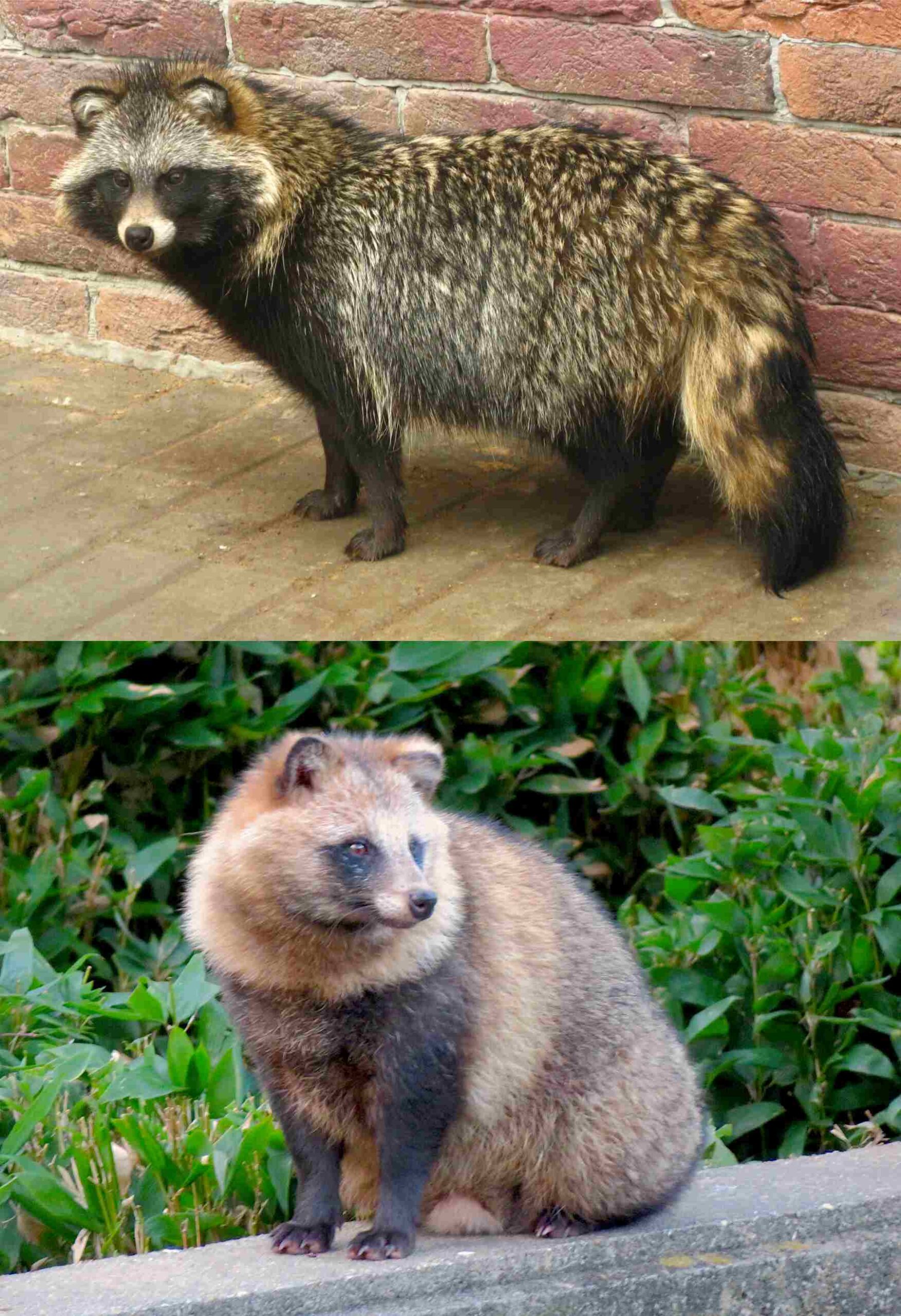
Raccoon (Procyon lotor):
Kingdom: Animalia
Phylum: Chordata
Class: Mammalia
Order: Carnivora
Family: Procyonidae
Genus: Procyon
Species: lotor
Raccoon Dog (Nyctereutes procyonoides):
Kingdom: Animalia
Phylum: Chordata
Class: Mammalia
Order: Carnivora
Family: Canidae
Genus: Nyctereutes
Species: procyonoides
2. Appearance:
Raccoon:
Distinctive black “mask” around eyes.
Grayish-brown fur with a bushy, ringed tail.
Sharp claws and dexterous hands for manipulating objects.
Raccoon Dog:
Resembles a fox with a raccoon-like face.
Shaggy fur, usually yellowish-brown with dark markings.
Shorter legs and a less bushy tail compared to raccoons.
Comparison:
Both have facial markings, but raccoons have a more prominent mask.
Ecological Implications:
Raccoons use their dexterity to exploit various habitats, while raccoon dogs adapt to forested areas.
3. Size:
Raccoon:
Length: 60–95 cm (23.6–37.4 in) excluding tail.
Tail length: 20–40 cm (7.9–15.7 in).
Raccoon Dog:
Length: 55–75 cm (21.7–29.5 in) excluding tail.
Tail length: 13–25 cm (5.1–9.8 in).
Comparison:
Raccoons are generally larger than raccoon dogs.
Ecological Implications:
Size differences may influence competition for resources in shared habitats.
4. Weight:
Raccoon:
Weight: 5–26 lbs (2.3–11.8 kg).
Raccoon Dog:
Weight: 8–20 lbs (3.6–9.1 kg).
Comparison:
Raccoons can be heavier than raccoon dogs.
Ecological Implications:
Weight impacts their ecological roles and interactions within ecosystems.
5. Bite Force (PSI):

Raccoon:
Bite Force: Around 1,200 PSI.
Raccoon Dog:
Bite Force: Limited information, but generally lower than raccoons.
Comparison:
Raccoons have a stronger bite force.
Ecological Implications:
Bite force influences hunting capabilities and interactions with prey.
6. Physical Offensive Advantages:
Raccoon:
Sharp claws and teeth for hunting and self-defense.
Raccoon Dog:
Canine teeth and claws for hunting small mammals.
Comparison:
Both have offensive adaptations for securing food.
Ecological Implications:
Adaptations influence their roles in controlling prey populations.
7. Physical Defensive Advantages:
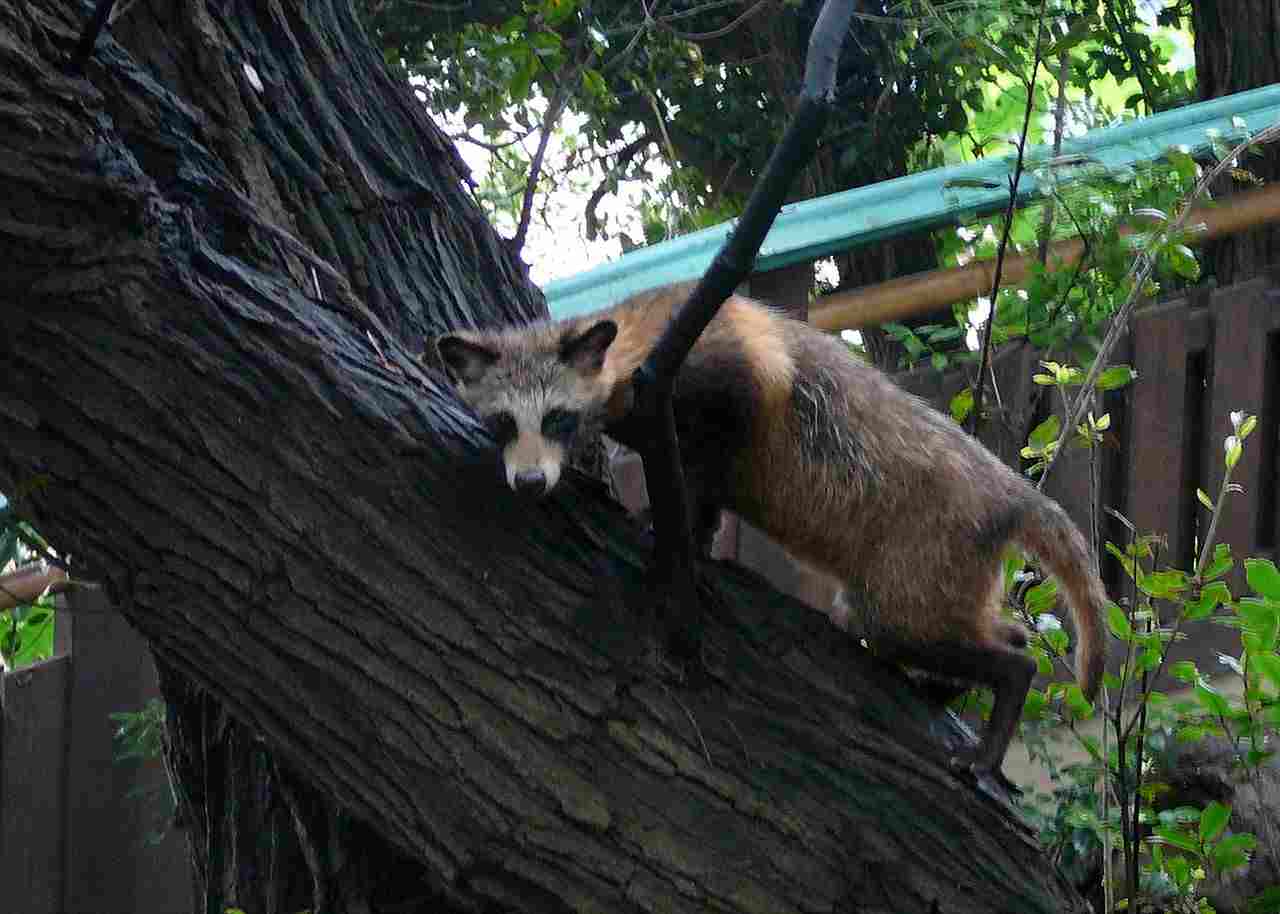
Raccoon:
Dexterous hands aid in climbing trees to escape predators.
Raccoon Dog:
Can emit a strong odor as a defense mechanism.
Comparison:
Different defensive strategies, with raccoons relying on agility.
Ecological Implications:
Defensive mechanisms affect predator-prey dynamics.
8. Speed (Km/hour or Mile/hour):
Raccoon:
Speed: 10–15 mph (16–24 km/h).
Raccoon Dog:
Speed: 15–20 mph (24–32 km/h).
Comparison:
Raccoon dogs are generally faster than raccoons.
Ecological Implications:
Speed influences hunting success and evasion from predators.
9. Agility:
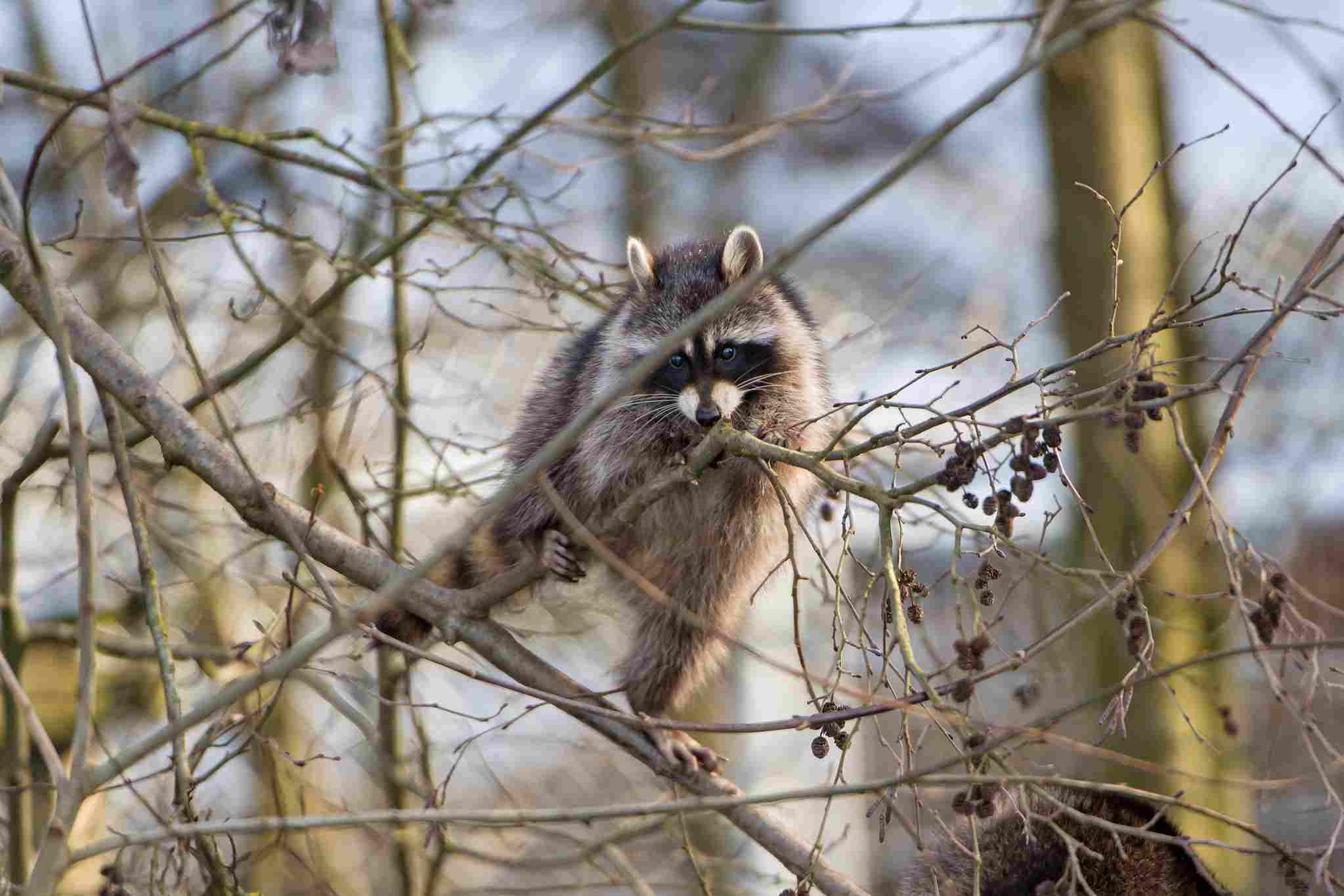
Raccoon:
Excellent climbers and swimmers.
Raccoon Dog:
Agile runners and capable swimmers.
Comparison:
Both species exhibit agility but in different environments.
Ecological Implications:
Adaptations contribute to their ability to exploit diverse habitats.
10. Senses:
Raccoon:
Well-developed sense of touch in their paws.
Keen sense of smell and hearing.
Raccoon Dog:
Good sense of smell and hearing, but less tactile sensitivity.
Comparison:
Both rely on senses for hunting and navigating their environment.
Ecological Implications:
Sensory adaptations affect their efficiency in finding food.
11. Overall Physical Capacity:
Raccoon:
Versatile with strong limbs for climbing and digging.
Raccoon Dog:
Well-adapted for running and digging.
Comparison:
Different physical capacities based on their ecological needs.
Ecological Implications:
Physical capabilities influence their roles in ecosystems.
12. Habitat Preference(s):
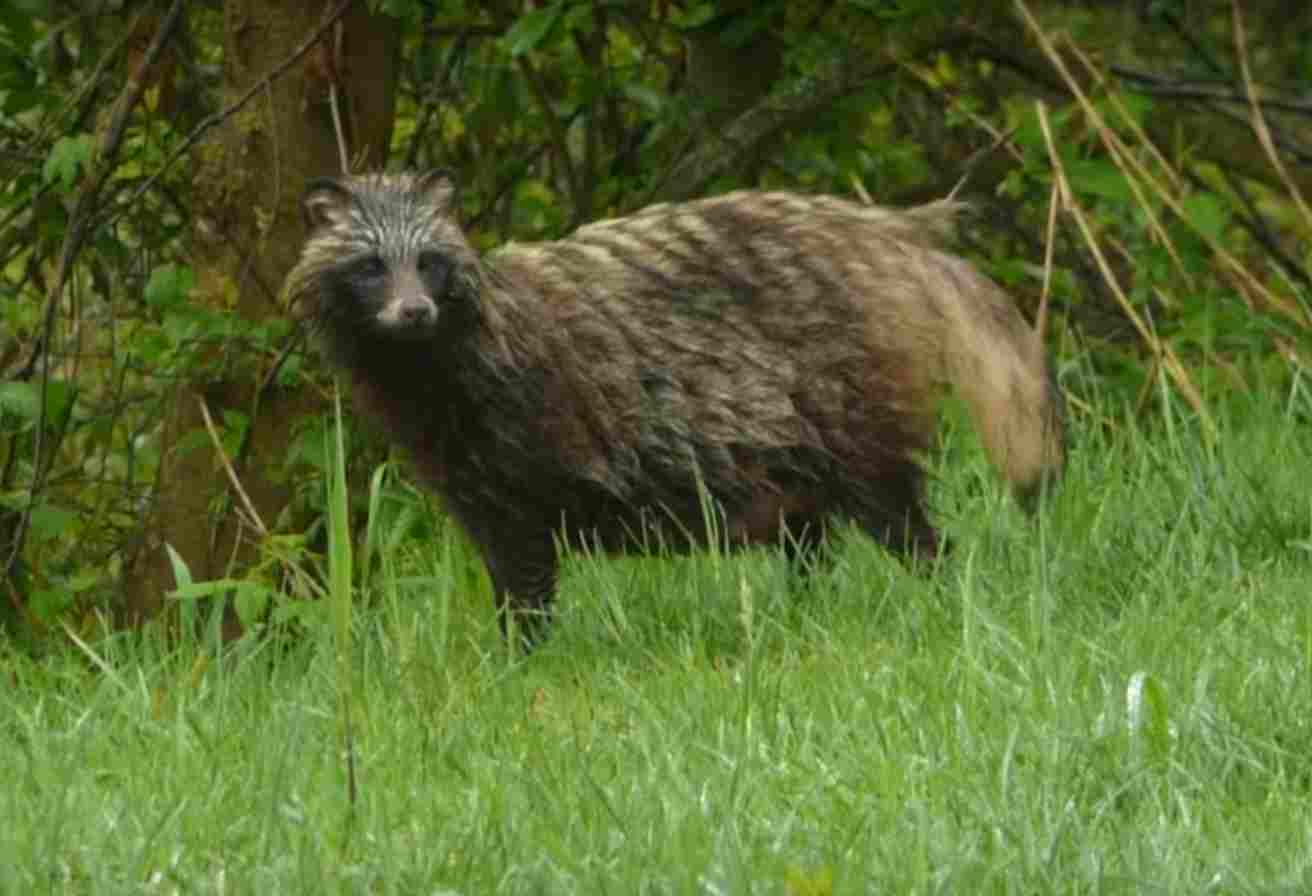
Raccoon:
Adaptable to various environments, including urban areas.
Raccoon Dog:
Prefers wooded areas and farmlands.
Comparison:
Raccoons are more adaptable to diverse habitats.
Ecological Implications:
Habitat preferences determine their impact on local ecosystems.
13. Tracks:
Raccoon:
Distinct tracks with five toes resembling small human hands.
Raccoon Dog:
Paw prints similar to those of domestic dogs, with claw marks visible.
Comparison:
Track differences reflect their distinct anatomy.
Ecological Implications:
Tracking can aid in studying their presence and movement in an area.
14. Lifespan:
Raccoon:
Typically 2 to 3 years in the wild, but may reach up to 20 years in captivity.
Raccoon Dog:
About 5 to 7 years in the wild, with variations in captivity.
Comparison:
Raccoon dogs generally have a slightly longer lifespan in the wild.
Ecological Implications:
Lifespan impacts population dynamics and ecological interactions.
15. Mode of Feeding:
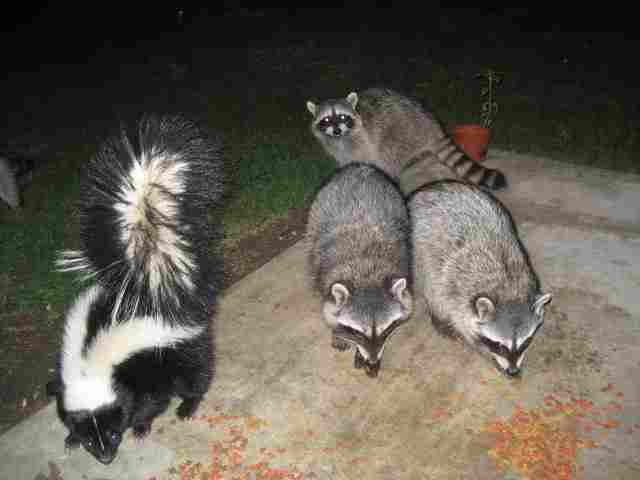
Raccoon:
Omnivorous diet, feeding on fruits, insects, small mammals, and scavenging.
Raccoon Dog:
Omnivores, with a diet consisting of small mammals, birds, insects, and plant matter.
Comparison:
Both share an omnivorous diet but may have variations in preferences.
Ecological Implications:
Dietary preferences influence their ecological roles as consumers.
16. Intelligence:
Raccoon:
Highly intelligent, known for problem-solving abilities.
Raccoon Dog:
Less studied but generally considered intelligent for survival.
Comparison:
Raccoons are renowned for their remarkable problem-solving skills.
Ecological Implications:
Intelligence affects adaptability and resource utilization.
17. Social Behavior:
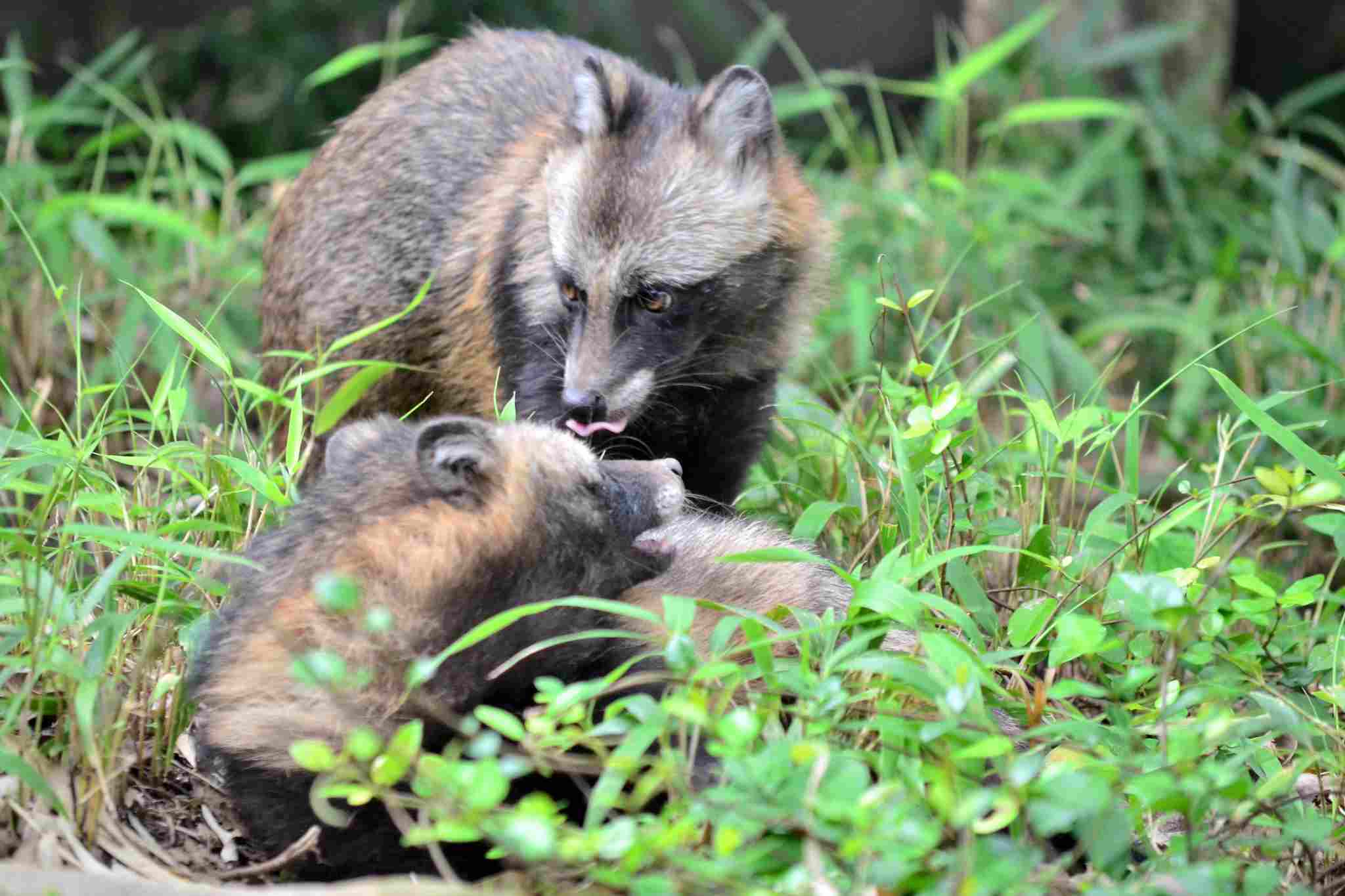
Raccoon:
Solitary or live in small family groups.
Raccoon Dog:
Typically solitary, with limited social interactions.
Comparison:
Both exhibit solitary tendencies, but raccoons may be more social.
Ecological Implications:
Social behaviors impact their interactions within ecosystems.
18. Mode of Reproduction:
Raccoon:
Polygamous mating system with a breeding season in late winter to early spring.
Raccoon Dog:
Monogamous or polygamous mating system, with a breeding season typically in February.
Comparison:
Differences in mating systems and breeding seasons.
Ecological Implications:
Reproductive strategies influence population dynamics.
19. Parental Behavior:
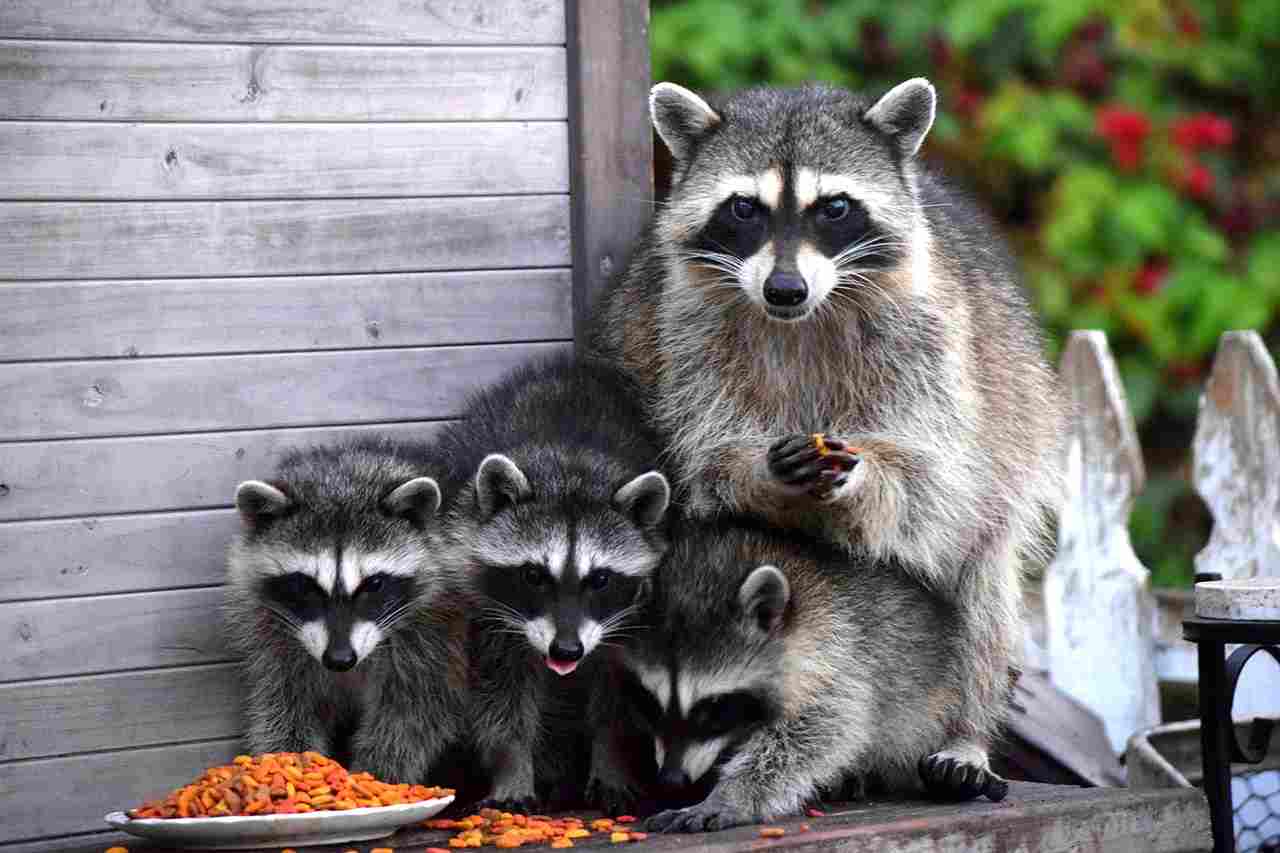
Raccoon:
Female cares for the young (kits) alone; gestation period around 63 days.
Raccoon Dog:
Both parents may contribute to raising the pups; gestation period around 60 days.
Comparison:
Variations in parental care and gestation periods.
Ecological Implications:
Parental behaviors affect the survival and development of offspring.
20. Proximity to Human-Inhabited Areas:
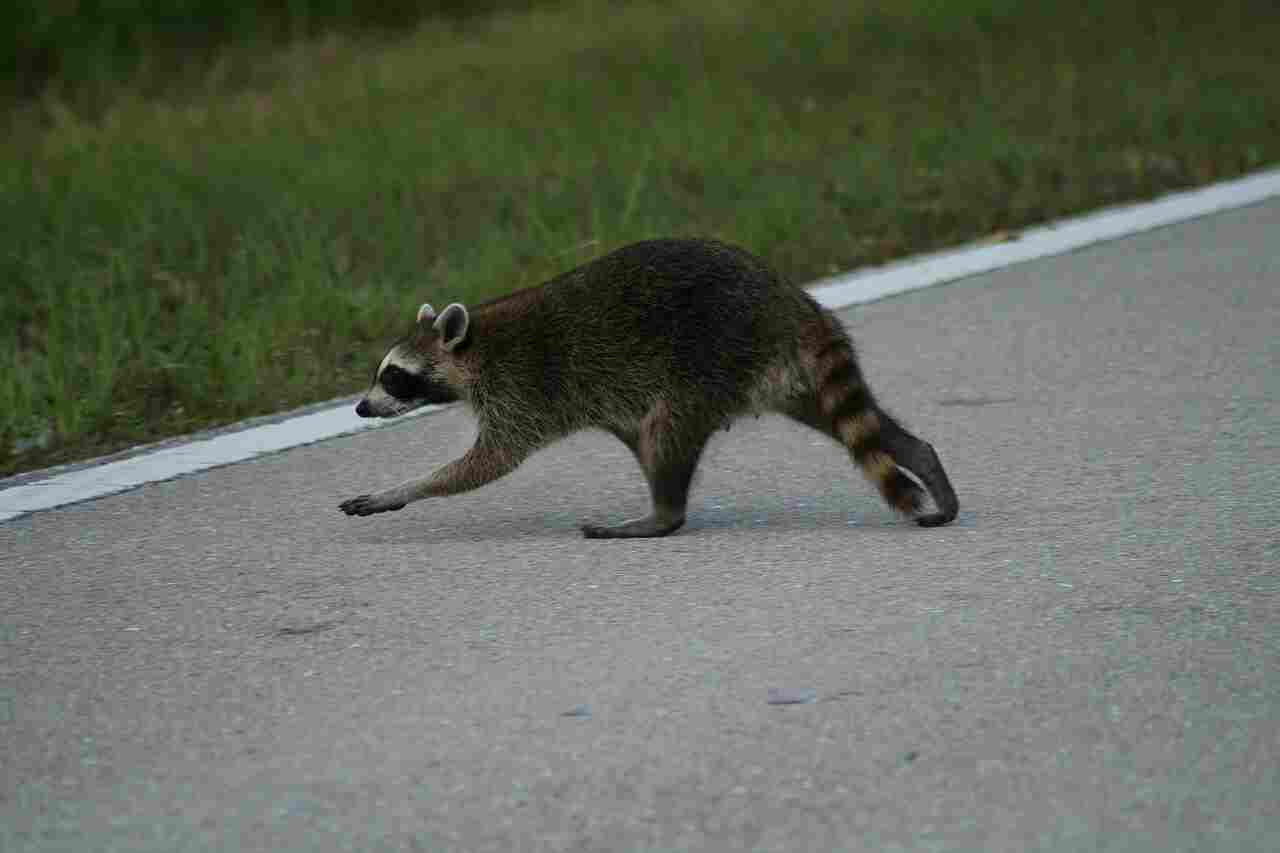
Raccoon:
Highly adaptable to urban environments; often seen near human settlements.
Raccoon Dog:
Generally avoids human-inhabited areas but may encroach into suburban regions.
Comparison:
Raccoons show a higher tolerance for human proximity.
Ecological Implications:
Human interactions can influence their behavior and ecological impact.
21. Behavior Toward Humans:
Raccoon:
Opportunistic and may raid trash bins; can display bold behavior.
Raccoon Dog:
Typically shy and avoids direct interaction with humans.
Comparison:
Differences in their behavior when encountering humans.
Ecological Implications:
Human-wildlife conflicts may vary based on behavior and adaptation.
22. Danger Posed to Humans:
Raccoon:
Generally considered non-aggressive, but may defend themselves if cornered.
Raccoon Dog:
Typically poses minimal danger to humans; tends to avoid confrontations.
Comparison:
Raccoons may be more assertive if they feel threatened.
Ecological Implications:
Human safety considerations may differ based on the species.
23. Associated Precautions:
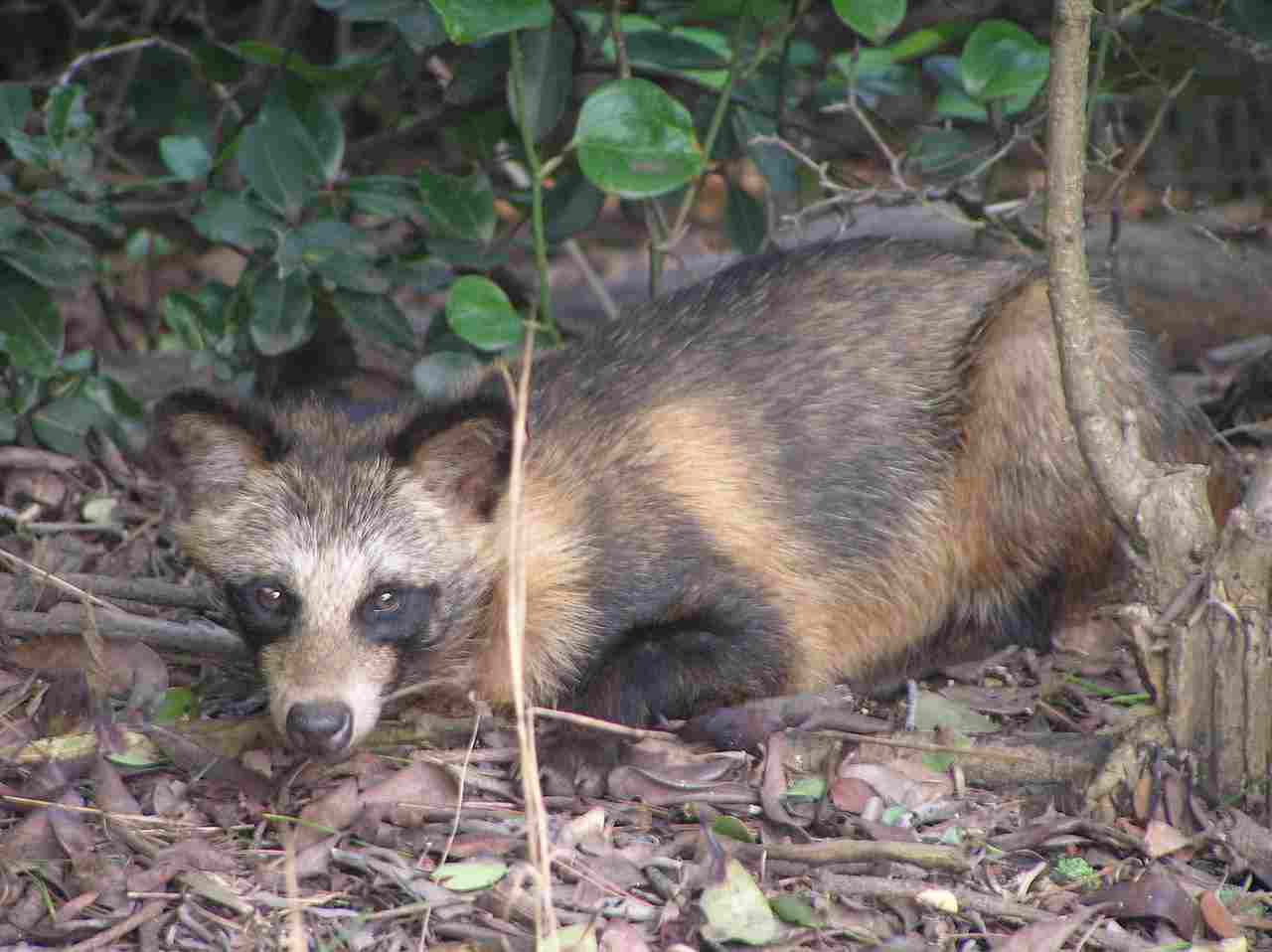
Raccoon:
Caution advised when encountering them, especially if they exhibit unusual behavior.
Raccoon Dog:
Minimal precautions needed, but observation from a distance is recommended.
Comparison:
Different levels of precaution are advisable based on behavior.
Ecological Implications:
Human-wildlife coexistence strategies may vary.
24. Conservation Status:
Raccoon:
Least Concern (LC) on the IUCN Red List; widespread and adaptable.
Raccoon Dog:
Least Concern (LC) on the IUCN Red List; stable populations.
Comparison:
Both species currently have stable populations.
Ecological Implications:
Conservation status reflects their adaptability to diverse environments.
Summary of Comparison
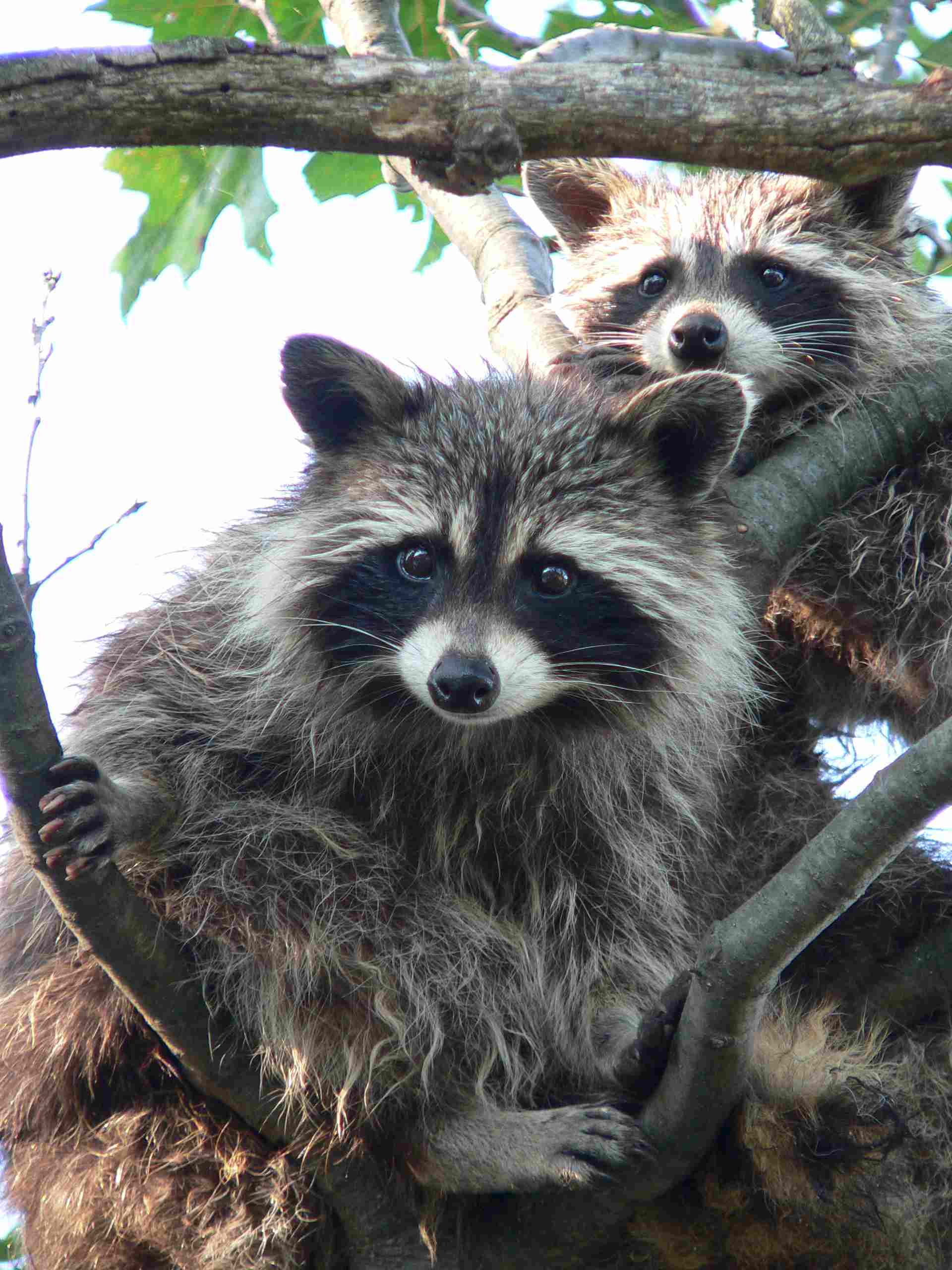
Taxonomy:
Raccoon belongs to the family Procyonidae, while Raccoon Dog belongs to Canidae.
Appearance:
Raccoon has a grayish-brown fur with a prominent black mask; Raccoon Dog resembles a fox with shaggy yellowish-brown fur.
Size:
Raccoon is generally larger than the Raccoon Dog.
Weight:
Raccoon can be heavier than Raccoon Dog.
Bite Force (PSI):
Raccoon has a stronger bite force than Raccoon Dog.
Physical Offensive Advantages:
Both have adaptations for hunting, but specifics differ.
Physical Defensive Advantages:
Raccoon relies on agility, while Raccoon Dog emits odor as a defense mechanism.
Speed:
Raccoon Dog is generally faster than Raccoon.
Agility:
Both exhibit agility but in different environments.
Senses:
Both rely on a keen sense of smell and hearing, with Raccoon having a more developed sense of touch.
Overall Physical Capacity:
Different physical capacities based on their ecological needs.
Habitat Preference(s):
Raccoon is more adaptable to diverse habitats than Raccoon Dog.
Tracks:
Track differences reflect distinct anatomy.
Lifespan:
Raccoon Dog generally has a slightly longer lifespan in the wild.
Mode of Feeding:
Both share an omnivorous diet with potential variations in preferences.
Intelligence:
Raccoons are known for remarkable problem-solving skills.
Social Behavior:
Both exhibit solitary tendencies, with Raccoons potentially being more social.
Mode of Reproduction:
Different mating systems and breeding seasons.
Parental Behavior:
Variations in parental care and gestation periods.
Proximity to Human-Inhabited Areas:
Raccoons show higher tolerance for human proximity.
Behavior Toward Humans:
Differences in behavior when encountering humans.
Danger Posed to Humans:
Raccoons may be more assertive if threatened.
Associated Precautions:
Different levels of precaution advised based on behavior.
Conservation Status:
Both are classified as Least Concern on the IUCN Red List.
Conclusion:
I. Similarities:
Both are omnivorous mammals with adaptable behaviors.
Share a least concern conservation status.
II. Differences:
Divergent habitat preferences and ecological roles.
Varied levels of adaptability to human-inhabited areas.
Distinctive behaviors and precautions associated with human interactions.
